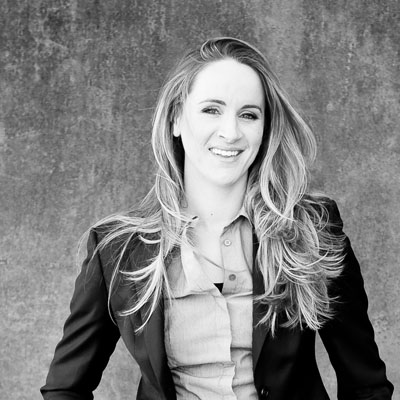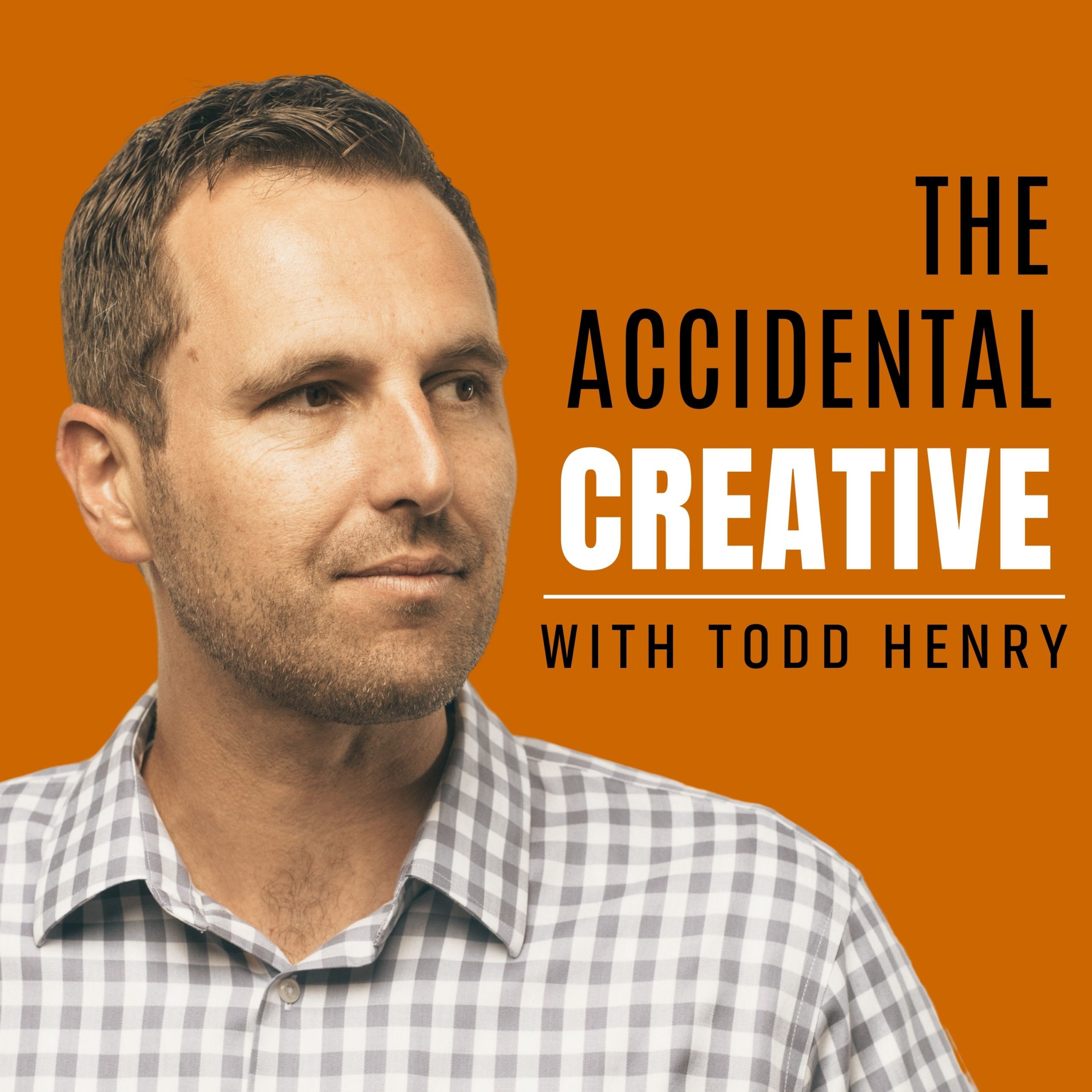
You cannot pursue great work and comfort simultaneously. While you may experience comfort in the course of your work, or as a by-product of your work, great work and comfort are mutually exclusive objectives. Brilliant bodies of work are built as people choose over time to do the right thing, even when it’s the uncomfortable thing.
But that’s the challenge, isn’t it? How do you plot a course of action that yields consistently great work, and keeps you out of the dangerous lull of the comfort zone?
 Sarah K. Peck is a brilliant writer and teacher. Her blog is one of my consistent go-to resources for inspiration in my writing work. I asked Sarah if she would be willing to join me in a conversation about the dangers of comfort, and some of the steps she’s taken to help her stay out of her own comfort zone. (I begin chapter six of Die Empty with a story about Sarah, and I ask her to share it at the beginning of our interview.)
Sarah K. Peck is a brilliant writer and teacher. Her blog is one of my consistent go-to resources for inspiration in my writing work. I asked Sarah if she would be willing to join me in a conversation about the dangers of comfort, and some of the steps she’s taken to help her stay out of her own comfort zone. (I begin chapter six of Die Empty with a story about Sarah, and I ask her to share it at the beginning of our interview.)
Here are some key insights I gained from Sarah in the interview:
- Every step you take away from the right thing now is a step you’ll have to overcome in order to do the right thing later.
- Risks seem insurmountable until you take action. Once you do, you’re dealing with reality rather than theory, which makes fear less oppressive.
- Take small, strategic steps each day to get uncomfortable and to stretch yourself. Over time, these add up to a high capacity for change and growth.
Sarah is teaching a writer’s workshop this fall, and registration closes this week. You can learn more here.
Enjoy the conversation!
[audio:http://accidental.wpengine.com/audio/SarahPeck.mp3]



Great talk! Sarah’s awesome and inspiring to listen to, especially the part about taking action before you have too long to think about it (and then talk yourself out of something).
Great conversation. As someone who has analysis paralysis often (and am starting to build better habits around taking action- even small ones). I’ve always been a thinker- thinking things through before doing them- and definitely talk myself out of a lot of them. One trick is to know when it’s good to think and when it’s good to take action. I’m a scientist and so when I design an experiment, I need to think that through before setting it up. But when I’m doing that experiment, if there’s a problem, I need to leap to solve it as fast as possible. That said, I do want to take more action and not think so much. Another book that has this message (and is fairly entertaining) is Aisha Tyler’s “Self-Inflicted Wounds”- basically, do stuff, try stuff and you’ll still most likely live to see another day even if you fall flat on your face.